Dry basements, protected foundations, and peace of mind when the next storm hits Chelmsford.
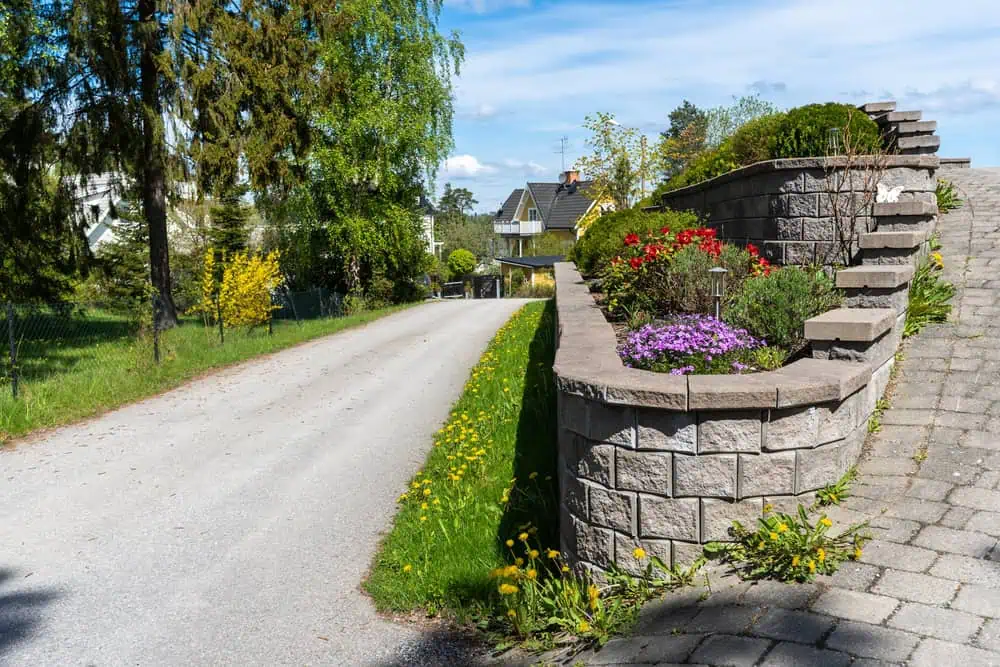
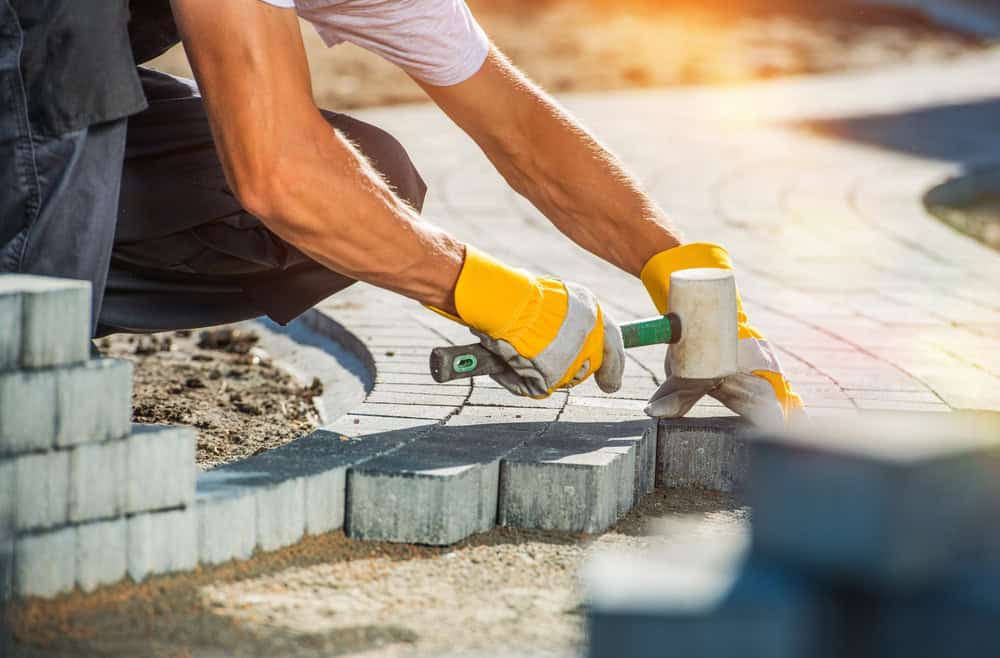
You walk downstairs after three days of rain and find exactly what you left there—dry storage boxes, clean air, usable space. No musty smell hitting you at the bottom of the stairs. No wet spots creeping across the floor. No wondering if that dampness is going to turn into something worse.
Your basement becomes the space it should be. Storage that stays dry. Workshop area you can actually use. Maybe even extra living space down the road. Instead of avoiding your basement or worrying about what you’ll find, you get a foundation that does its job—keeping water outside where it belongs.
The bigger picture is protecting what you’ve built. Your home value stays intact. Your family breathes cleaner air. You stop playing defense against water damage and start using the space you’re paying for.
We’ve been handling foundation and masonry work throughout the Chelmsford area for years. We understand how New England’s freeze-thaw cycles affect your basement walls, why clay soil around here creates drainage problems, and what actually works long-term versus what just looks good on paper.
Most basement water problems aren’t mysterious. They’re predictable results of how water moves around foundations in this area. We’ve seen the same issues in hundreds of Chelmsford basements, and we know which solutions hold up through multiple seasons of New England weather.
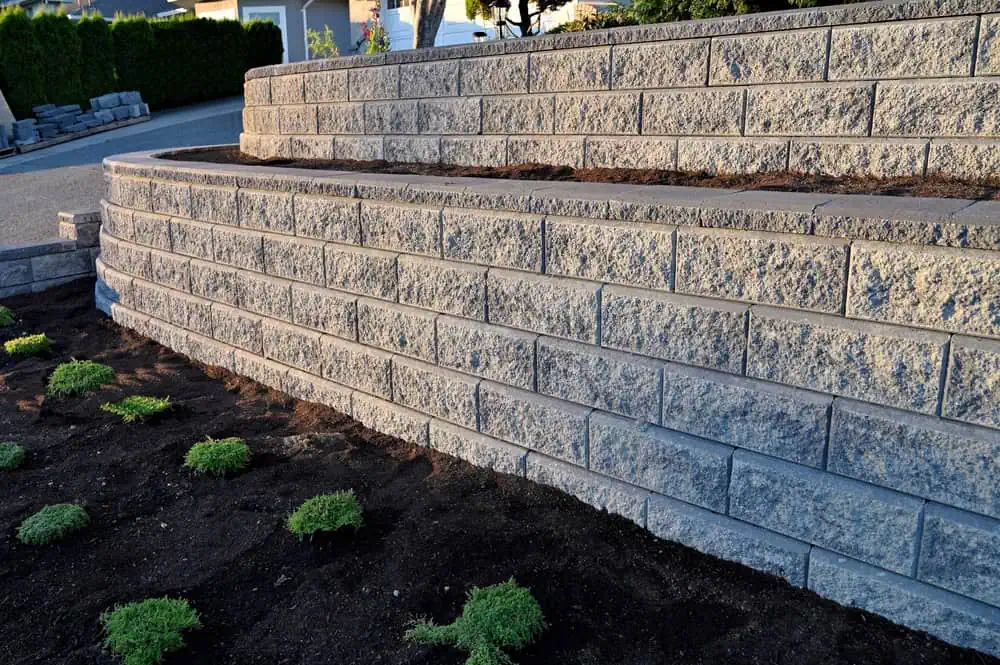
First, we figure out where water is actually getting in. Sometimes it’s obvious—cracks in the foundation wall or gaps around the basement floor. Other times it’s more subtle, like hydrostatic pressure pushing moisture through concrete that looks solid.
Next, we address the source. Interior waterproofing means sealing walls from inside, installing drainage systems along the basement perimeter, and sometimes adding sump pump systems to handle water that does get in. Exterior waterproofing involves excavating around the foundation, applying waterproof membranes, and improving drainage around your home’s perimeter.
The specific approach depends on your situation, but the goal is always the same: redirect water away from your foundation and seal entry points permanently. We’re not putting bandaids on water problems—we’re eliminating the conditions that create them.
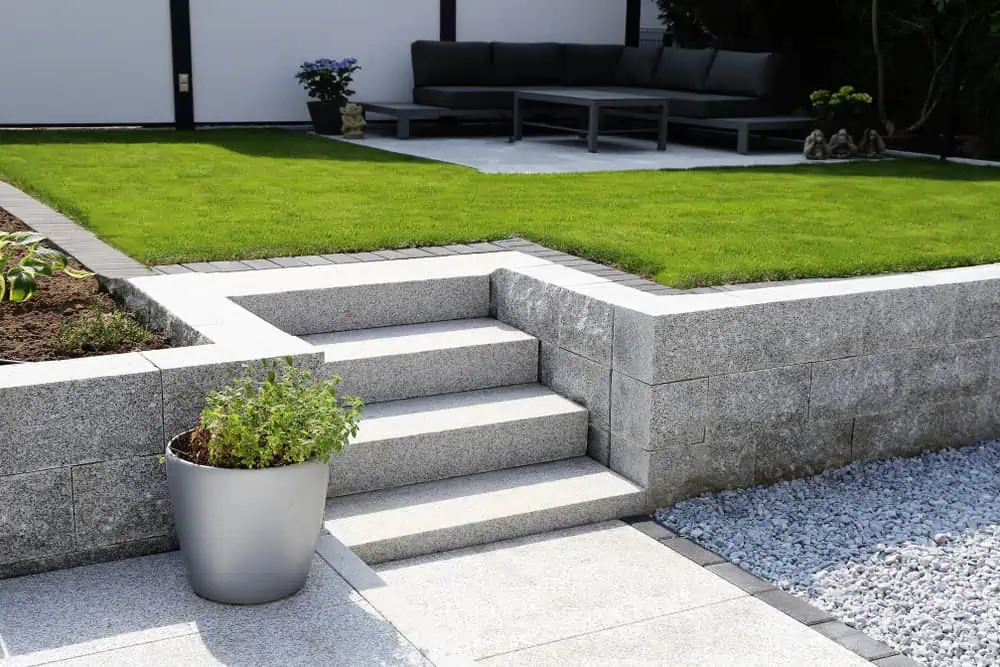
Ready to get started?
Real basement waterproofing addresses both immediate water intrusion and long-term moisture control. That means crack repair using injection methods that actually bond with your foundation walls. Drainage systems that handle Chelmsford’s heavy spring runoff and summer storms. Sump pump installation when your basement sits below the water table.
For exterior work, we excavate carefully to avoid damaging landscaping, apply proven waterproof membranes, and install proper drainage tile systems. Interior solutions include perimeter drainage, wall sealers that penetrate concrete, and vapor barriers where needed.
You’re not getting a one-size-fits-all approach. Basement waterproofing in a 1960s ranch requires different solutions than a colonial built in the 1920s. We match the method to your specific foundation type, soil conditions, and water intrusion patterns.
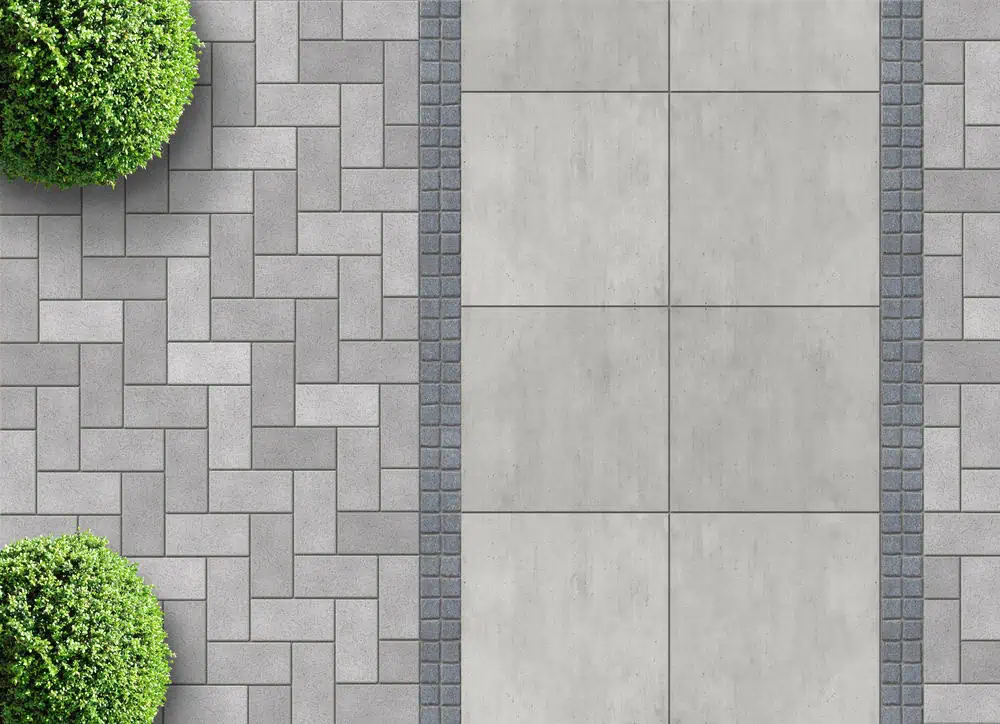
Local Resources